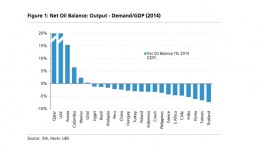Developing Nations Face Multiple Shocks With Uneven Ammunition
Irina Topa-Serry (Senior Macro Economist AXA Investment Managers) | The COVID-19 crisis is currently unfolding in emerging markets (EM). So far, they appear relatively less affected than their advanced economy neighbours such as the Eurozone or the US. But for some, it may be because they are only just entering the acceleration phase of the epidemic. For others, it may be because lockdown measures were implemented at an early enough stage, as seen in Slovakia. On a hopeful note, it may also reflect the demographic structure of some developing countries. For instance, slightly more than half of Africa’s 1.3bn population is under 19 years of age, versus just a fifth of Europe’s 740m inhabitants. At the other end of the scale, a quarter of Europeans are above 60 versus a mere 5% of Africa’s population.







